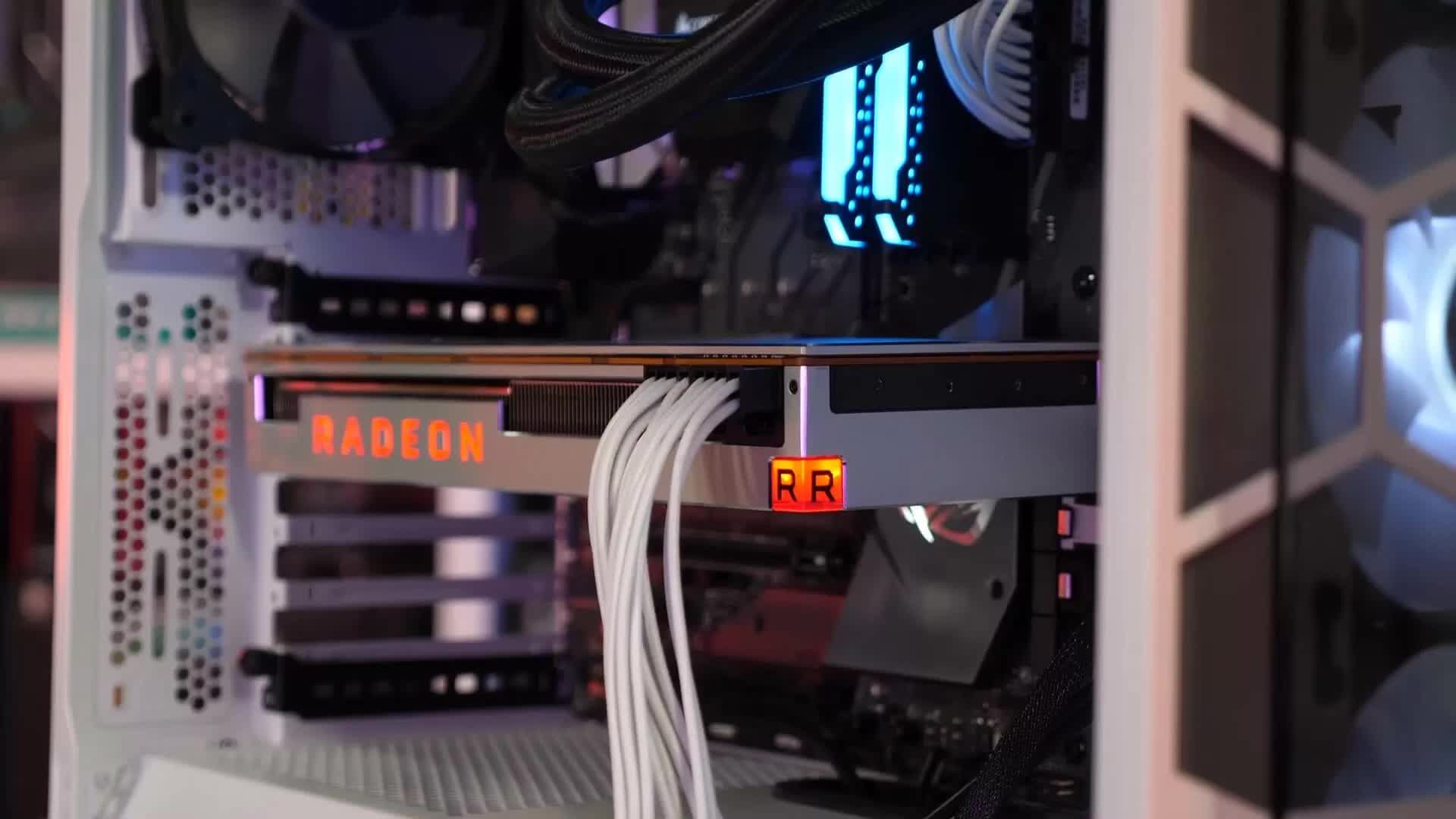Rumor mill: Sources have previously told YouTuber Moore's Law is Dead that AMD plans to release only mid-range and entry-level graphics cards in its upcoming RDNA 4 series, likely launching sometime in 2024. A new report from the channel provides more concrete details regarding the die size, processors, and release window.

AMD is reportedly preparing to unveil two next-generation GPUs in the fourth quarter of 2024: Navi 48 and Navi 44. Although neither of these graphics processors will match the competition's flagships, they could compare favorably to some currently available high-end chips at much lower prices.
Such early information should always be taken with a healthy grain of salt, but a new report from Moore's Law is Dead alleges that a graphics card based on Navi 48 will reach performance somewhere between the Radeon RX 7900 XT and AMD's current flagship, the 7900 XTX, with a much smaller die. While the 7900 XT has a die size of 529 mm2, Navi 48's die is projected to be between 300 and 350 mm2 – closer to the 379 mm2 die size of Nvidia's RTX 4070 Ti Super.
RDNA 4 doesn't have MFMA lol
– Everest (@Olrak29_) February 10, 2024
Furthermore, the initial shipments of the upcoming AMD chip might feature 256-bit memory, enabling 20 Gbps GDDR6 VRAM. Overall, Navi 48 could potentially rival the performance of the GeForce RTX 4080, but while the high-end GeForce product hovers around $1,000, the upcoming RDNA 4 chip is not expected to exceed $600.
Meanwhile, the lower-end Navi 44 could perform similarly to the Radeon RX 7700 and easily surpass the RTX 4060 Ti, with a die size not exceeding 210 mm2. It is too early to speculate on Navi 44's pricing, but for context, the RX 7600 XT, which uses a 204 mm2 die, is priced at $329.
Engineering samples of RDNA 4 desktop GPUs have been reported to boost at clock speeds between 3.0 and 3.3 GHz. Additionally, the lineup will feature monolithic dies based on TSMC's 5nm N4P process.
It is presumed that RDNA 4 will compete with Intel's upcoming Battlemage lineup, scheduled for release in the second half of 2024. Previous reports have indicated that Battlemage will utilize TSMC's 5nm N4 process. Unlike RDNA 4 and Intel's initial Alchemist series, Battlemage will include an enthusiast-class GPU.
However, the main graphics competitor in late 2024 might be Nvidia's RTX 5000 series. Based on TSMC's 3nm node, it is anticipated to offer a significant performance improvement over the RTX 4000 series and could be launched in Q4 2024 or early 2025.
https://www.techspot.com/news/101859-amd-mid-range-entry-level-rdna-4-gpus.html